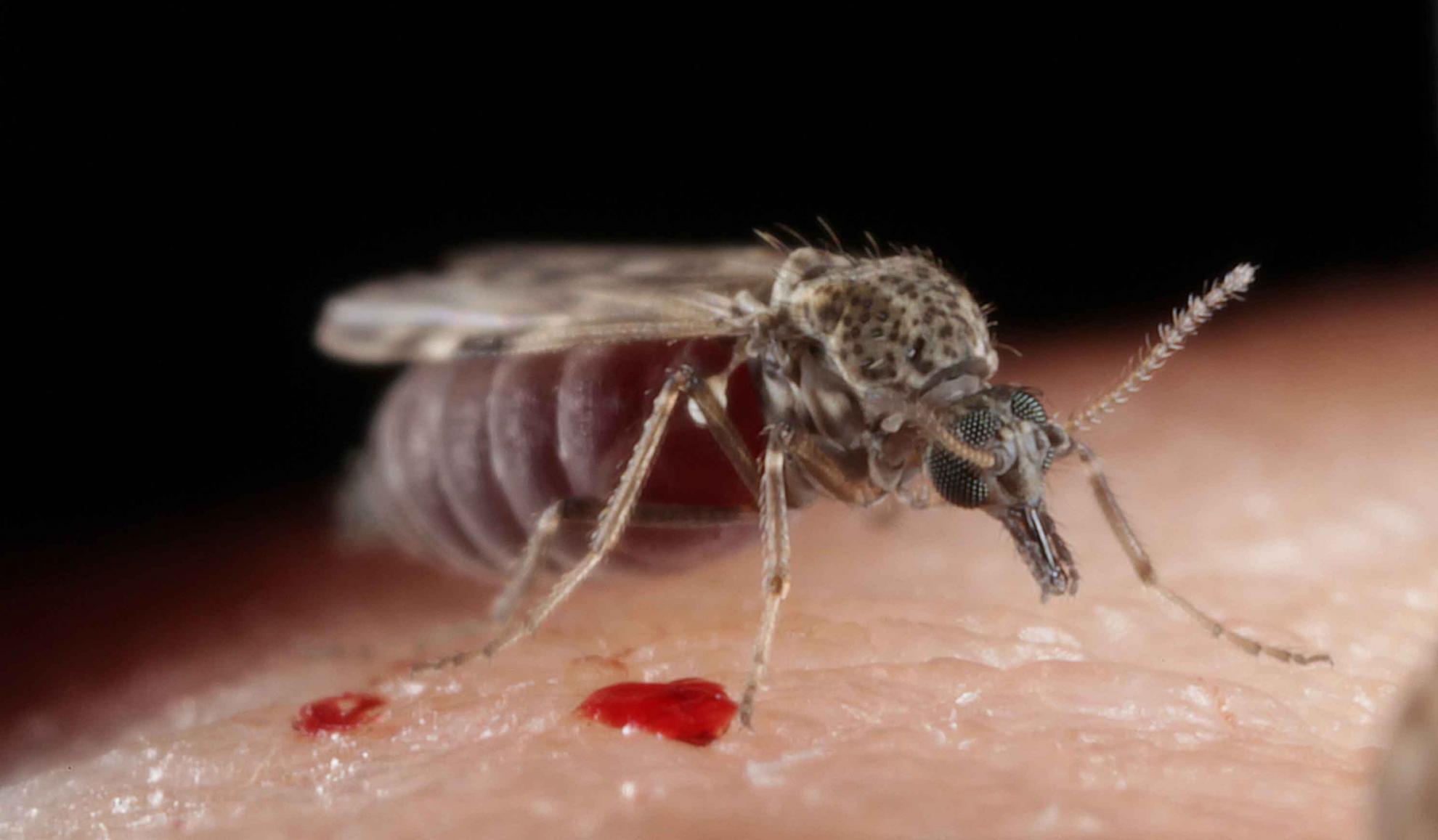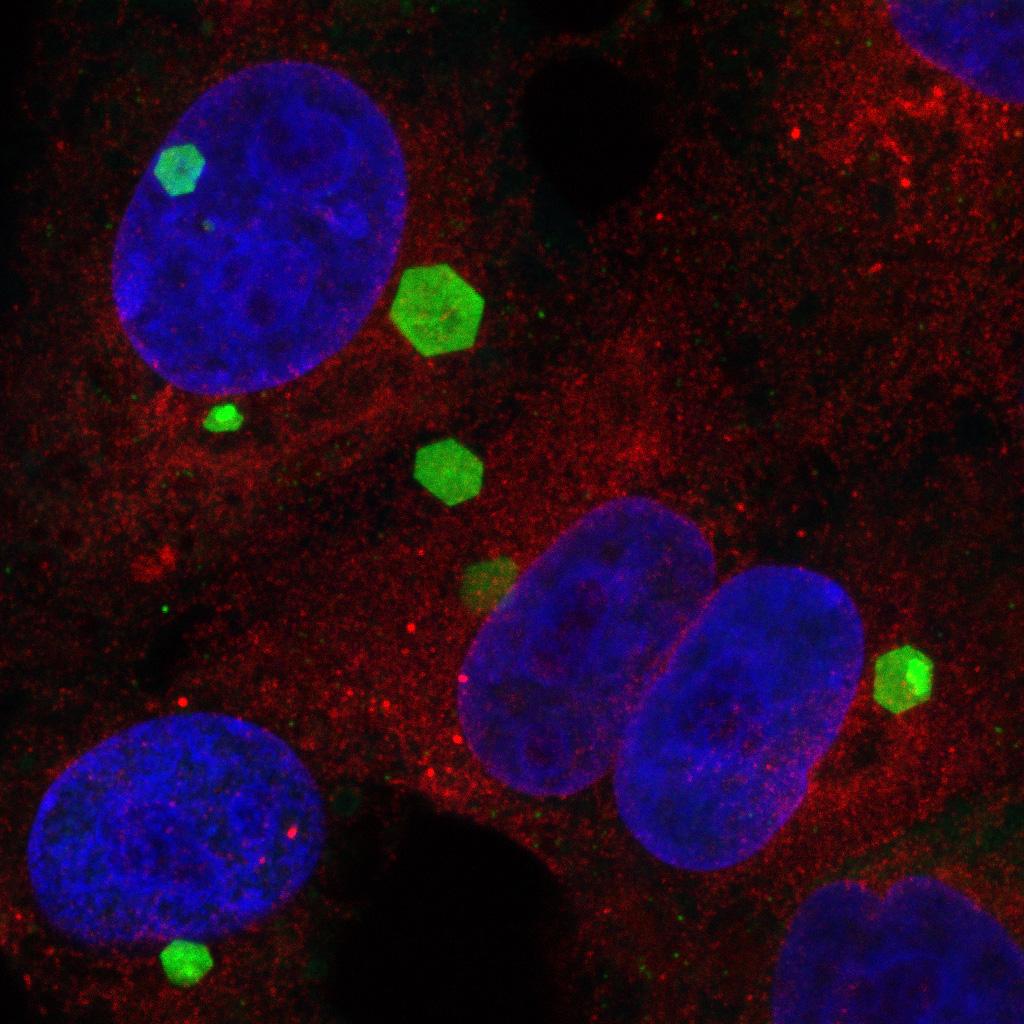Measurement of the infection and dissemination of bluetongue virus in Culicoides biting midges using a semi-quantitative RT-PCR assay and isolation of infectious virus
Background: Culicoides biting midges (Diptera: Ceratopogonidae) are the biological vectors of globally significant arboviruses of livestock including bluetongue virus (BTV), African horse sickness virus (AHSV) and the recently emerging Schmallenberg virus (SBV). From 2006-2009 outbreaks of BTV in northern Europe inflicted major disruption and economic losses to farmers and several attempts were made to implicate Palaearctic Culicoides species as vectors. Results from these studies were difficult to interpret as they used semi-quantitative RT-PCR (sqPCR) assays as the major diagnostic tool, a technique that had not been validated for use in this role. In this study we validate the use of these assays by carrying out time-series detection of BTV RNA in two colony species of Culicoides and compare the results with the more traditional isolation of infectious BTV on cell culture. Methodology/Principal Findings: A BTV serotype 1 strain mixed with horse blood was fed to several hundred individuals of Culicoides sonorensis (Wirth & Jones) and C. nubeculosus (Mg.) using a membrane-based assay and replete individuals were then incubated at 25 degrees C. At daily intervals 25 Culicoides of each species were removed from incubation, homogenised and BTV quantified in each individual using sqPCR (C-q values) and virus isolation on a KC-C. sonorensis embryonic cell line, followed by antigen enzyme-linked immunosorbent assay (ELISA). In addition, comparisons were also drawn between the results obtained with whole C. sonorensis and with individually dissected individuals to determine the level of BTV dissemination. Conclusions/Significance: C-q values generated from time-series infection experiments in both C. sonorensis and C. nubeculosus confirmed previous studies that relied upon the isolation and detection of infectious BTV. Implications on the testing of field-collected Culicoides as potential virus vectors by PCR assays and the use of such assays as front-line tools for use in diagnostic laboratories in this role are discussed.
Back to publications


